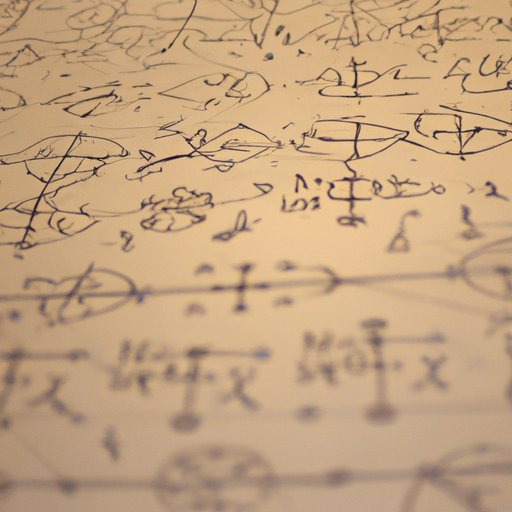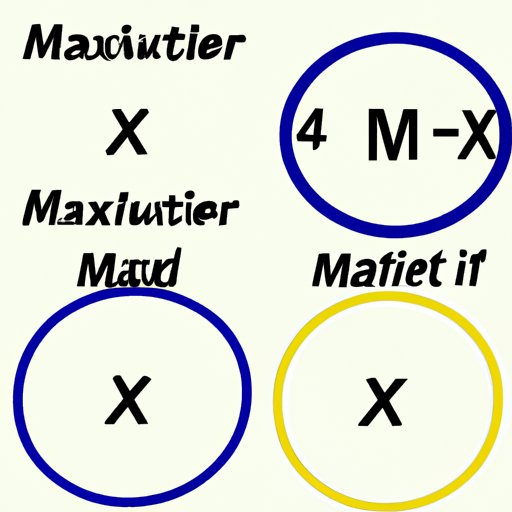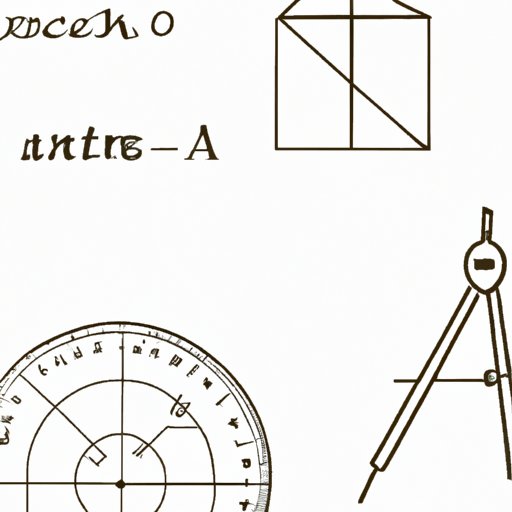Introduction
Mathematics, or “math,” is a language used to express relationships between numbers, shapes, and other objects. It can be used to describe patterns, solve problems, and make predictions about the world around us. This article aims to explore the history of mathematical discovery, from its early beginnings to its modern applications.
History of Mathematical Discovery
The invention of mathematics has been traced back to ancient civilizations such as the Babylonians, Egyptians, and Greeks. These cultures developed basic arithmetic and geometry for use in everyday life. As time progressed, mathematical knowledge grew more sophisticated, leading to the development of algebra and calculus during the Middle Ages and Renaissance periods.
In the 17th century, mathematics was further advanced by the work of Isaac Newton and Gottfried Wilhelm Leibniz. They laid the foundations for calculus and analytical geometry, which are still used today. By the 19th century, mathematics had become an important part of education in many countries around the world.
The Evolution of Math: How it Developed Over Time
To understand how math was invented, we must first look at the early calculations that were used by ancient civilizations. Arithmetic, geometry, and trigonometry were used to measure land, build monuments, and make astronomical observations. As these civilizations developed more complex mathematical systems, they began to use algebra and calculus to solve problems.

Exploring Ancient Mathematics and Its Impact on Modern Math
The Babylonians were one of the first cultures to develop mathematics. They used a base 60 number system, similar to our modern day clock. This system allowed them to calculate fractions and solve equations. The Babylonians also developed a form of geometry, which was used to measure land and construct buildings.
The Egyptians developed their own number system, which was based on hieroglyphic symbols. They also used geometry to measure land and create monuments. The Greeks built upon this knowledge, developing more intricate theories of mathematics. Pythagoras is credited with discovering the Pythagorean theorem, which is still used today.
The Indian and Chinese cultures also contributed to the development of mathematics. The Indians developed the decimal system, which was used to compute large numbers. The Chinese developed a counting board and abacus, which were used to solve equations. All of these ancient cultures had a profound influence on the development of modern math.

A Look at the Development of Different Types of Math
Arithmetic is the study of numbers and their operations. It includes addition, subtraction, multiplication, division, and other related operations. Geometry is the study of shapes and angles. It is used to measure distances, calculate areas, and construct figures. Trigonometry is the study of triangles and their angles. It is used to calculate angles and distances in three-dimensional space.
Algebra is the study of equations and unknown variables. It is used to solve complex problems and find solutions. Calculus is the study of change and motion. It is used to calculate rates of change, derivatives, and integrals. All of these different types of math have been developed over time and are used in various fields of science and engineering.
Examining the Contributions of Famous Mathematicians to Math’s Invention
Many famous mathematicians have contributed to the development of mathematics. Euclid is known for his work on geometry and number theory. Archimedes is credited with developing the laws of levers and pulleys. Fibonacci introduced the Hindu-Arabic numeral system to Europe. Newton developed calculus and formulated the laws of motion. Finally, Leonhard Euler made groundbreaking discoveries in calculus and topology.

Investigating the Role of Technology in Math Creation
In recent years, technology has played an important role in the invention of math. Computer technology has enabled mathematicians to solve complex problems quickly and accurately. Digital calculators have made it easier to perform calculations and solve equations. Online learning resources have made math more accessible to people around the world.
Conclusion
Math has been around since ancient times and has evolved over the centuries. It has been shaped by the contributions of famous mathematicians and the development of technology. Understanding how math was invented can help us appreciate its importance in our lives and better understand its relevance in the modern world.
The invention of math has allowed us to make sense of the world around us and make predictions about the future. By understanding the history of math, we can gain insight into how it has shaped our lives and continue to shape the world we live in.
(Note: Is this article not meeting your expectations? Do you have knowledge or insights to share? Unlock new opportunities and expand your reach by joining our authors team. Click Registration to join us and share your expertise with our readers.)
